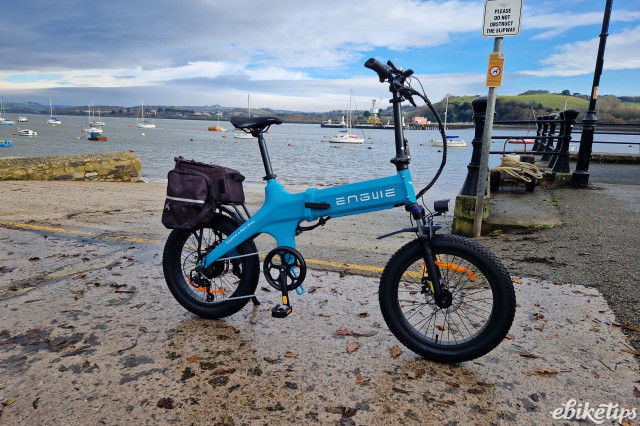Mountain bike trails are not like open roads - instead of miles or the same flat, grippy surface, mountain bike trails change metre by metre, with obstacles and grip levels each changing by the second.
e-MTB skills series part 1 - power delivery
On a trail these elements can appear and disappear every second, so it’s no good getting complacent or distracted. If anything riding an e-MTB, especially with full electrical assistance, is harder physically and mentally than riding a regular mountain bike. This, I’d argue, is because the pace is so consistently high, plus margin for error and the cornering traction is consequently nearer to its limits.
Reading and riding
When you’re traversing the trail at greater velocity, to avoid danger and take the best line you’ve got to ‘read’ the trail a bit further ahead than normal. By read, we mean understand the trail you’re approaching, what the surface is made of, how loose or wet it is, what rocks or roots are there and what the options are for the path of least resistance. Like riding any mountain bike, to read the trail accurately you need to focus your eyes on the line you want to ride, not the stuff you want to miss. It sounds daft, but the adage ‘you go where look’ is very true... it really works, try it yourself! With time and practice this skill becomes very much second nature allowing you to ride ‘in the zone’, even through technical trail sections. The faster you ride, the further you must look (or read) the trail ahead.
Head up, brain on, eyes open!
Of course, on open easy trails you want to relax and let your peripheral consciousness do the work of reading the trail. Riding in 'the zone’ is great, but when the really challenging stuff arrives, it’s good practice to fully engage your brain! You want to increase your concentration to search for the lines that will work with your skill and speed levels. Keep your head up, your eyes open and your brain switched on. To stay on the best line, you need to recognise it and stay focussed on that line. Remember, the best line is the one which combines the smoothest surface, with the most grip. Both will improve speed and control through any section.
Riding straight and level
Generally, most riders with a little practice who observe the lessons about looking ahead to read for the best line can ride straight, level trail pretty quickly, even if it’s a bit rough. Relax your body and grip, keep your body weight centered and your head up and keep pedalling into the smoothest, driest line you can - unless it’s likely you’ll strike the pedals, in which case hold the cranks horizontally, until you are able to resume pedalling.
Watching for corners
The real skill in mountain biking is cornering. Being able to corner fast is the difference between good mountain bikers and great ones. Trails are, due to their muddy nature, changeable and inconsistent in the level of grip they offer. That means when cornering any bike, you have to read the trail by leaning into corners very carefully, understanding and best-guessing what it’s going to do under your tyres - taking into account your speed, tyre tread, air pressures, corner radius and body position. Look for lines with smooth, firm surfaces, the fewest rocks, roots or holes. A constant radius is infinitely useful!
In part three, we'll be discussing the art of cornering in greater depth.










